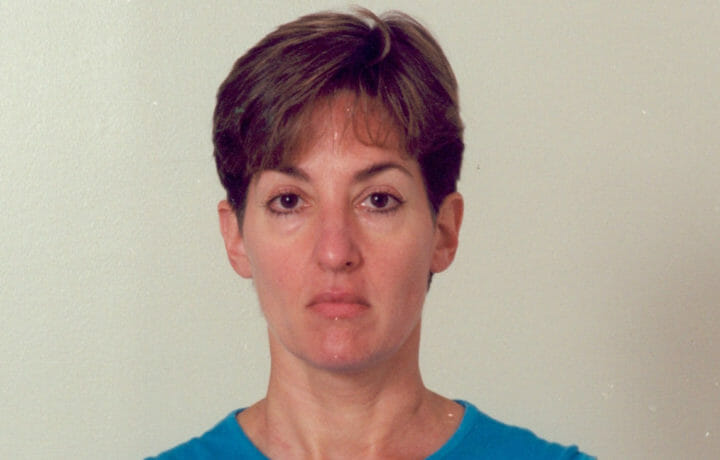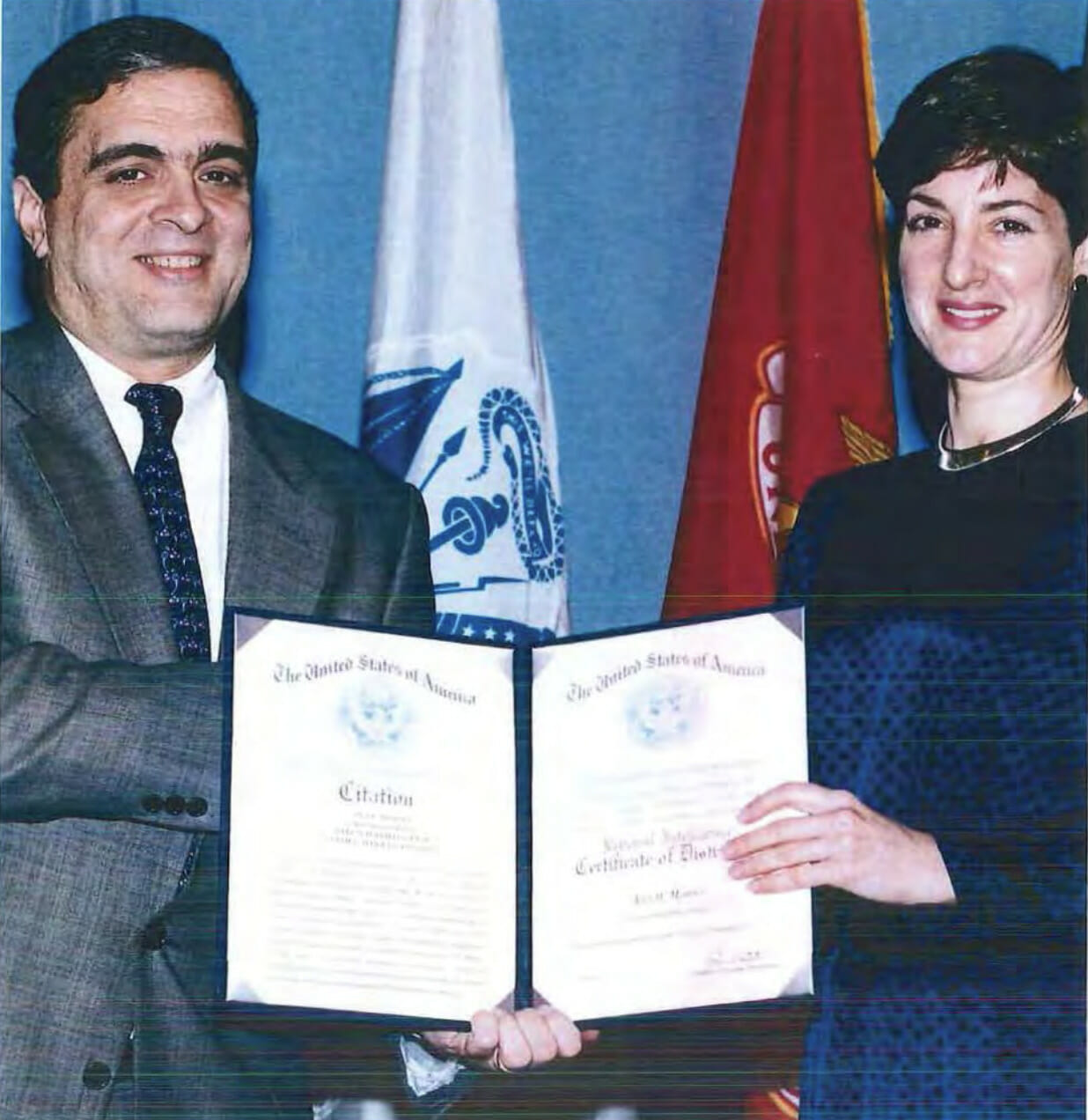It was 19 years ago today, October 16, 2002, former DIA analyst, and Cuba’s DGI’s deep penetration, Ana Belen Montes, was sentenced to 300 months of confinement within the federal Bureau of Prisons system. According to the BOP site, Montes, aka prisoner 25037-016, is currently sitting in Texas at the Carswell Federal Medical Center (FMC). The FMC hosts those inmates which have special medical or mental health needs. Montes is scheduled to be released, early, on January 8, 2023.
Montes had been a government employee for over 22 years at the time of her arrest. Her career, ironically, started out at the Department of Justice in 1979 as a paralegal within the Office of Privacy and Information Appeals. That position required her to process Freedom of Information Act requests, prepared affidavits for court and where she was first introduced to the world of sources, methods, and counterintelligence. She worked within the DoD’s Defense Intelligence Agency from 1985-2001.
Who is Ana Belen Montes
She characterized herself as an introvert, deeply interested in the plight of the unfortunate. She lived alone in a Washington D.C. apartment. During her years at the DOJ, she pursued a master’s degree at Johns Hopkins University School of Advanced International Studies. It was during this time she was spotted by a fellow student, who was an access agent by the Cuban intelligence service. She was formally recruited shortly thereafter over dinner at a New York City restaurant in late-1984. Following recruitment, and while still employed by the DOJ, she made her first clandestine trip to Cuba in March 1985 (via Madrid and Prague). When she returned, she was fully on board with the Cubans and moved to obtain employment as an analyst with the DoD. Thus began the 17-year relationship between Montes and the Cubans.
17 years of espionage
Montes enter the DoD as an entry-level analyst and when arrested in September 2001, she was a GS-14, senior analyst who led the DIA’s analytic effort on Cuba. She was the ultimate source for the Cubans. In 1997, she was the recipient of the DCI National Intelligence Certificate of Distinction (see photo).
Her efforts were rewarded, and her dedication to her job was especially noteworthy for her stellar performance and briefing acumen. Her overachievement was to enable her to be a more valuable source for the Cubans. Her motivation was ideological, and unlike Ames, Hanssen, and others, she did not accept money from the Cubans for her espionage.
Her modus operandi was designed to avoid detection by any insider threat processes. Her care in this regard was especially noteworthy, as she did not remove documents from the DoD. Instead, she used prodigious memory to her advantage. She would read briefs and reports of interest and when she returned home recreate the documents for passage to the Cubans.
Covert communications
Montes purchased a refurbished Toshiba computer from CompUSA in 1996 and was provided with an encryption process by the Cubans to create disks (3.5 inch floppies) on to which she would save her clandestine production. The Cubans would communicate with Montes the old-fashion way: they would transmit clandestine messages via 7887 kHz via radio broadcasts from powerful transmitters directed at North America from Cuba – she would type these numbers into her computer, and the Cuban program would decrypt the messages.
When Montes had information to deliver, she would signal she was ready to exchange disks by sending a page from a public telephone to a pager under the control of Cuban intelligence in New York and then a meeting would be arranged at a pre-arranged locale.
Finding Montes
A clandestine penetration of the Cuban intelligence service passed on a sliver of information which would ultimately lead to the identification of Montes. The Cuban service was communicating via their number station with a USG source who used a Toshiba laptop to provide high level U.S. intelligence on Cuba. It would turn out to be that Toshiba laptop which tied the lead to Montes, though connecting those dots took a good number of years.
Once the investigation put Montes in the counterespionage target sights, Montes’ own actions would serve to confirm her role as a source for Cuban intelligence. When arrested in a DIA conference room, she stoically accepted the situation and ultimately a plea agreement.
Montes danced close to the fire, her brother Tito was an FBI special agent, and her sister Lucy was an FBI Spanish-language analyst. Montes’ subterfuge caught them, as well as Montes’ colleagues completely off-guard. Interestingly, when the DoD was conducting their “Review of the Actions Taken to Deter, Detect and Investigate the Espionage Activities of Ana Belen Montes” (180-page pdf) in June 2005, they were directed to review the CIA’s review of Aldrich Ames and the FBI’s review of Robert Hanssen so as to ensure completeness. The CIA shared their report on Ames, but the FBI stonewalled and ultimately rejected all requests from the DoD’s Office of the Inspector General to review their report on Hanssen.





